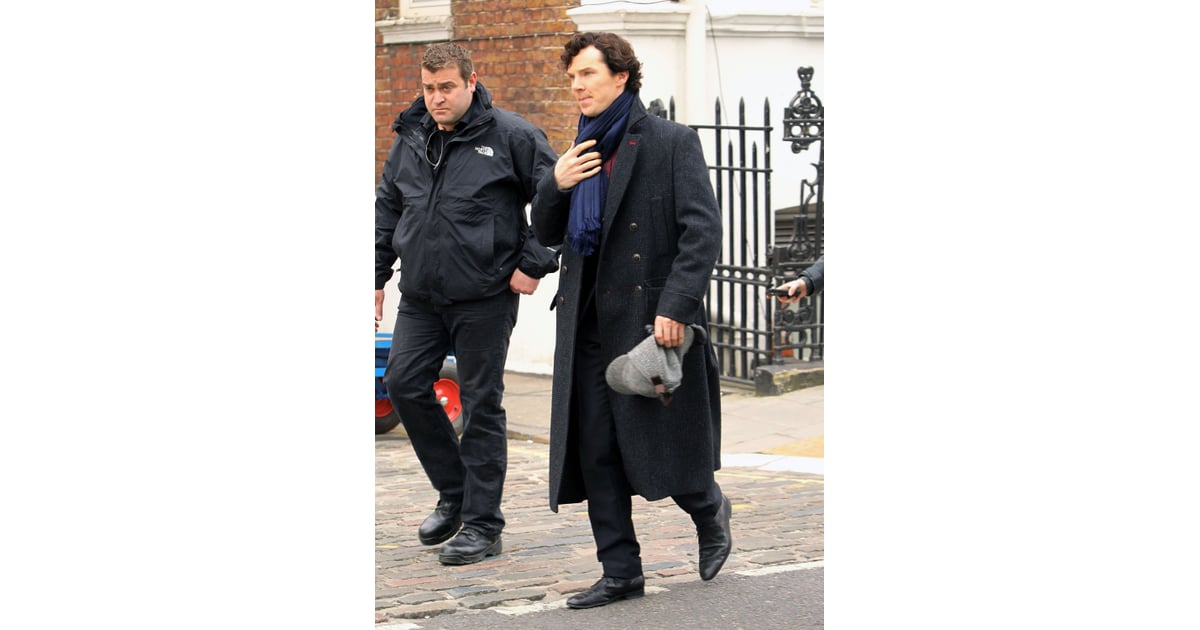


There was plenty more fun: “Shezza”, “Sherl”, “Shag-a-lot Holmes”, all that Smaug-referencing dragon talk between the Holmes brothers (more like Niles and Frasier Crane than ever now, what with having a genius for a mother).īetter than the jokes though, were the surprises. So too, was the introduction of Bill Wiggins, leader of the Baker Street Irregulars in the Conan Doyle stories, as a junkie wannabe sleuth. Sherlock wasn’t just being flashy for style’s sake, it was telling its story. The visual flourishes had real narrative justification this time. Sherlock’s freeze-frame and balletic fall as mind-palace Molly talked him through his post-bullet options was bravura television. Director Nick Hurran ( The Day Of The Doctor) and Arwel Wyn Jones’ production design team took us further into the character’s psyche than ever before, past a dearly departed family pet (the Redbeard of The Sign Of Three), sibling-inflicted childhood trauma, and a padded cell containing a chained-up nemesis (zoiks! once again). Locations-wise, those “empty houses” at Leinster Gardens were a fun real-life addition, and Magnussen’s stunning modernist mansion may have had the whole Bond thing going on, but Sherlock’s subconscious was the one with all the surprises. (Incidentally, and correct me if I’m wrong here, but does that make Magnussen the only villain in fiction to best the hero using… metaphor? Well done that man.) His Last Vow spent so long showing us around the complex architecture of Sherlock’s mind palace that we should have seen it coming that Magnussen’s vaults would also turn out to be figurative. Learning that the basement glimpsed at the end of The Empty Hearse existed only in the blackmailer’s mind was the best kind of reveal: outlandish-sounding at first, but looking back, loudly advertised throughout the episode.
#REVIEW SHERLOCK SEASON 3 FULL#
Magnussen’s Robocop-style read-outs being down not to Google Glass but his mental acuity (“I have an excellent memory” indeed) was another great twist in an episode full of them. Magnussen’s role as modern-day bogeyman the newspaper mogul made him especially easy to despise and continued the thread of tabloid-bashing Sherlock started with the character of Kitty Riley in The Reichenbach Fall. Mikkelsen made an altogether quieter villain than Andrew “Miss me?” Scott (more on him – zoiks! – later), less mad but just as bad. Granted, we heard more speeches about Magnussen’s villainy than villainy we saw, but the face-licking, eyeball-flicking and fireplace-pissing all did their work. Singling out praiseworthy performances from such a well-matched and talented cast would take up the rest of the word count, but special mention has to go to Lars Mikkelsen, whose Charles Augustus Magnussen was a rare kind of bastard. The problems of your future are my privilege” is 2014’s (much wordier) “You had me at hello”. “The problems of your past are your business.
#REVIEW SHERLOCK SEASON 3 SERIES#
Martin Freeman and Amanda Abbington cemented John and Mary’s until-now unexplored relationship in the series with some truly affecting scenes. The careful character work of the previous two episodes paid off richly in this, with Sherlock fulfilling his titular promise to always be there for his friends in dramatic style. (Not marrying him, of course, would have offered the best protection, but what was it Sherlock said last week about love standing opposed to pure, cold reason?) Planning to, but stopping herself from, killing Magnussen, shooting, but not killing, Sherlock… it was all to protect John from her truth and lies, both of which she thought would break him. Mary’s allegiance had been called excitingly into question but ultimately – like Sherlock – everything she did in His Last Vow was to keep John Watson safe. By the end of the episode, she and John – Mr and Mrs Psychopath – were still in love, married, and expecting a child. What worked so well about the Mary revelation is that it changed everything and nothing.


 0 kommentar(er)
0 kommentar(er)
